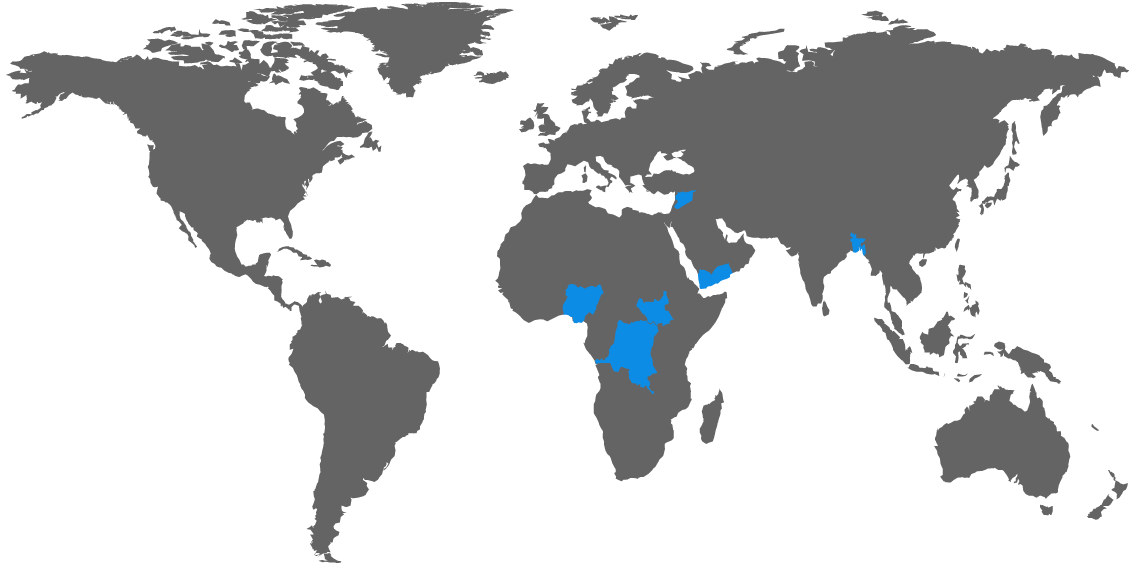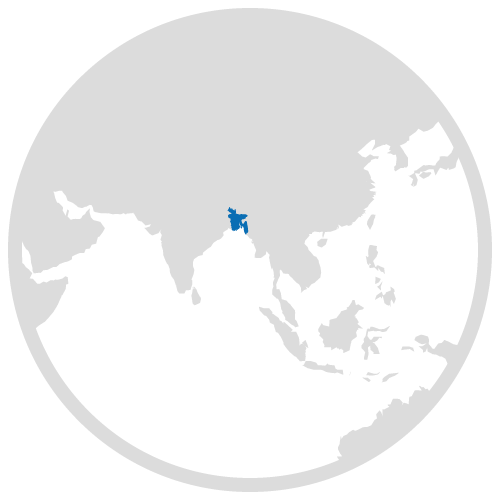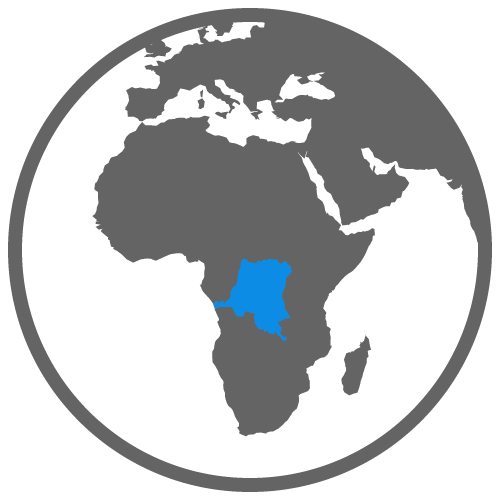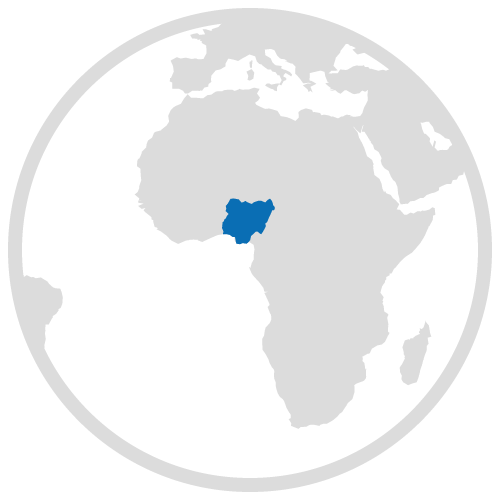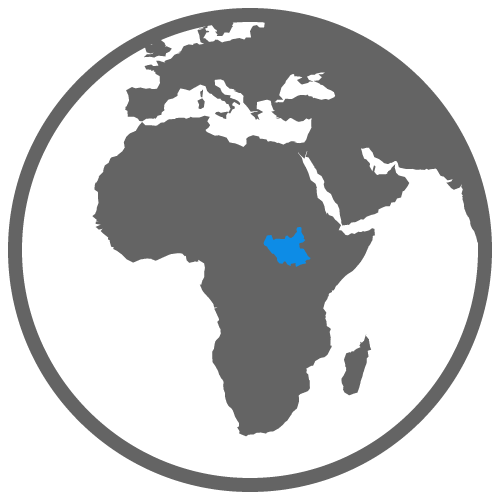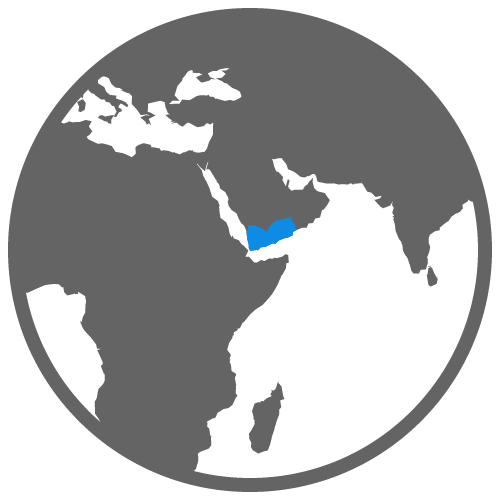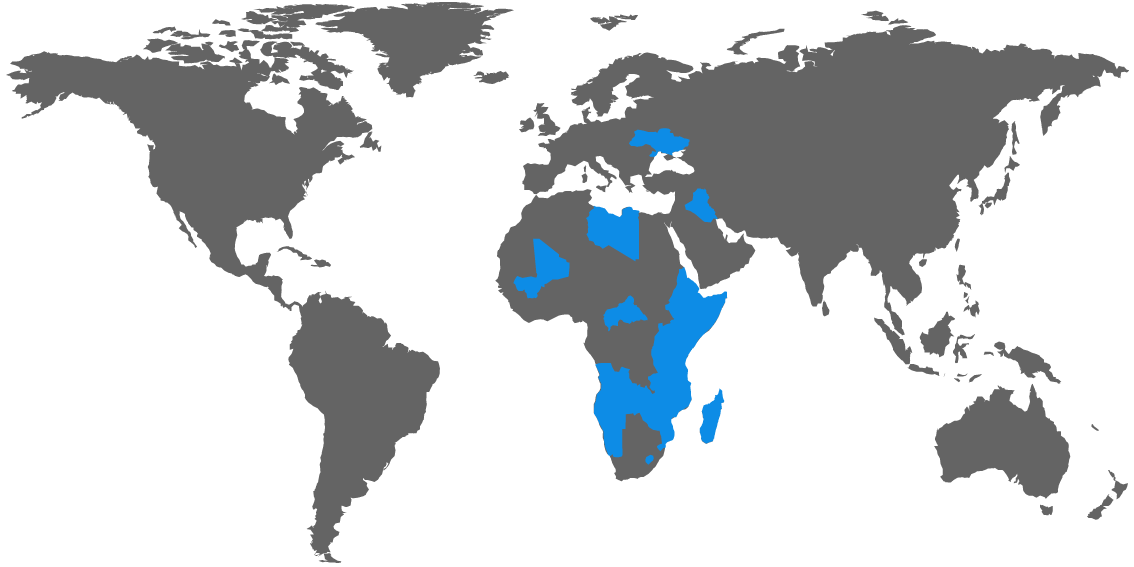Loading...
SAVING LIVES
ACTIVE TOP LEVEL (L3) EMERGENCY OPERATIONS
read more ACTIVE TOP LEVEL (L3) EMERGENCY OPERATIONS
With six top-level emergencies at end-2017, expectations are soaring. We have battled hard to meet them, and we’ve done so with deeper concern for long-term development.
Map of territories classified in 2017 as Level 3 emergencies.
Bangladesh
Myanmar’s beleaguered Rohingya community faced extreme violence in 2017.
Described by UN human rights officials as “ethnic cleansing”, the abuses set off a humanitarian crisis across the border in Bangladesh, where hundreds of thousands sought refuge in and around camps near the city of Cox’s Bazar.
WFP and its humanitarian partners have been providing them with food, basic services and essential infrastructure in some of the world’s harshest, most cramped conditions.
Democratic Republic of Congo (DRC)
By 2017, the previously peaceful region of Kasai joined Kivu and Tanganyika as the latest victim of DRC’s political crisis.
Conflict, involving both regular army troops and local militias, drove much of the population into the bush. Farmers deserted their fields as a tide of killings and atrocities swept the area.
With no initial presence on the ground, and little access or funding, WFP struggled hard, alongside sister UN agencies and NGOs, to feed the displaced, treat children for malnutrition and facilitate farmers’ return.
Nigeria (northeast)
Although reduced, fighting and instability continued to plague parts of Nigeria’s northeastern states in 2017.
A weakened and dispersed Boko Haram retained the capacity to terrorize civilians, keeping many away from their villages and putting the more remote areas out of bounds.
Overcoming severe challenges, WFP worked with the government, institutional partners and NGOs to help avert a famine that at one point seemed all but imminent.
South Sudan
In the world’s newest and poorest country, conflict exacted a heavy toll on people’s lives, safety and livelihoods.
With food markets closed and agricultural production decimated by long dry spells, a famine occurred in two counties in Unity state in early 2017. Elsewhere, famine was averted thanks to a massive influx of assistance by WFP and others.
The country remains on a knife edge: more than half the population struggle to feed themselves. In some areas, lack of access makes onerous food airdrops the only option.
Syria (and refugees abroad)
In 2017 as in previous years, WFP offered a lifeline to millions of Syrians.
As frontlines shifted in the country’s harrowing conflict, we continued to work, access permitting, across regions and in besieged areas, where many depended on us directly for survival.
WFP also supported communities through school meals and economic stimuli, such as the rehabilitation of bakeries and the local production of nutritious date bars. In Egypt, Iraq, Jordan, Lebanon and Turkey, millions of Syrian refugees benefitted from our assistance.
Yemen
Three years of conflict have brought the threat of famine to what was already the region’s poorest country. Two-thirds of the 30 million-strong population are hungry, one third acutely so.
Throughout last year, access to Yemen’s vital ports was highly restricted; in November, the largest port, Hodeidah, was blocked outright. Food prices soared. A cholera epidemic raged. WFP, frustrated in its ability to deliver life-saving assistance (some as food vouchers), strenuously advocated for an end to the fighting as the only way to pull Yemen back from the brink.
Iraq, which also saw intense fighting in 2017 as government troops recaptured territory lost to insurgents, was classified as an L3 emergency for part of the year. It was later reclassified as an L2, the second-highest level. Also in this category were the crises in the Horn of Africa, Central African Republic, Libya, Mali and Ukraine*, all of which placed WFP under further financial strain. A multi-country L3, which successfully limited the effects of drought in southern Africa, was wound down in early 2017.
